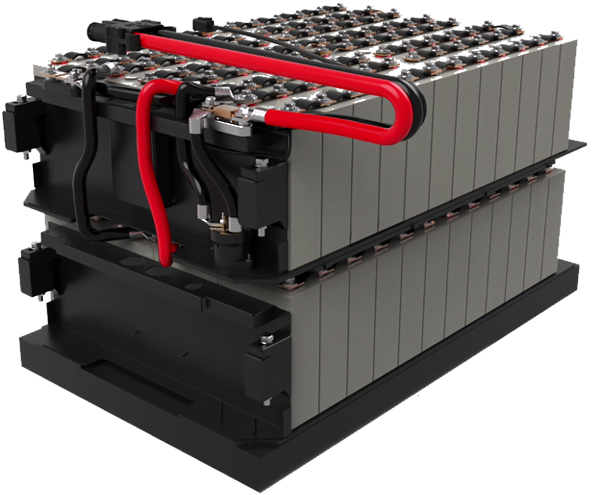The Li-ion battery industry is rapidly expanding as governments around the world accelerate the energy infrastructure needed to support climate change initiatives. Almost daily, the major news outlets are reporting on the technology in their headlines; from the New York Times “The Auto Industry Bets Its Future on Batteries” and “17 Reasons to Let the Economic Optimism Begin”, which predicts improvements in Li-ion battery technology similar to the predictive improvements in semi-conductors known as Moore’s Law.
Li-ion batteries are finding new applications in markets where they are replacing older lead-acid technology and there is a drive to convert products that previously used internal combustion engines (ICE) to electric power. Motive applications, from fork-lifts to landscape equipment can benefit from increased run-time, decreased weight, higher power, improved safety and environmental benefits of Li-ion chemistry and its variants. The big auto makers are aggressively moving their fleets to electric power and there is a trickle-down effect in other motive applications, from aviation ground support equipment to electric scooters. With the wide-spread adoption of Li-ion technology, there is an improved variety in the chemistries and formfactors available and this is, in turn, enables the implementation of battery technology in a wider range of devices. In this series of blog posts, I will discuss the battery technology available for electric power and address typical concerns and tips for newly implementing these innovations in motive applications. First, let’s review some of the high-level changes to what is available in the market and where the technology and price points are headed.
Li-ion batteries’ first “killer app” was in the consumer electronics market, as a smaller and lighter weight alternative to the Nickel chemistries that powered early laptops. These features of Li-ion spurred the invention of small mobile devices from cell phones to watches and hearing aids. Smaller, mobile industrial devices, from military radios to defibrillators had requirements in common with consumer applications, so they also utilized the same technology. However, only recently has Li-ion technology been adapted and modified for transportation applications from e-bikes to buses. The performance of a cell is determined by a balance of competing and subtle trade-offs that depend on its major components: the cathode, anode, electrolyte, internal cell design and external cell size. The interplay of physical and chemical variables makes it difficult to make a direct or linear correlation between design and performance. The rapid evolution of the market is driving innovation and variety, and the innovation, in turn, is enabling more applications. While the increase in options for form factors and specific chemical formulations provides an exciting opportunity for differentiation, it also brings a lack of stability for supply in terms of longevity and cost. The risks associated with being single sourced for a marginal chemistry variant have gone up in recent years and the market fundamentals of the raw materials used for rechargeable Li-ion cells, and the sourcing of these materials continue to be issues.
Increasing prevalence is most notable in medium-to-large format systems. Some industry experts predicted an eventual decline in the use of cylindrical cells since the consumer electronics applications were getting thinner and thinner and polymer cells. Then the motive, electric vehicle, buses and e-bikes found traction, causing a steep increase in demand for larger sizes and higher power. Of the chemical components, the cathode material has the biggest influence on performance. A divide has occurred in recent years with Lithium Cobalt Oxide (LCO) still being dominant cathode in polymer/pouch cells used in consumer electronics and the so-called “Mixed-metal Oxides” (NMC/NCA), where some proportion of the Cobalt is replaced with Manganese, Nickel, and or Aluminum, now being the cathode of choice for cylindrical (18650/21700) and larger format cylindrical cells. Generally, consumer electronics differentiate with long run-time from high capacity or energy density and faster charge rates, but cycle/calendar life is a lower priority, unlike motive applications, which prioritize cycle life and power delivery. High-rate cells, which were originally designed specifically for power tools, are now being used in everything from garden equipment to pallet jacks to aircraft tugs. Because of these uses, Lithium Iron Phosphate (LFP) cathode cells, even in large format prismatic shapes, are finally becoming common-place with price points comparable to the cobalt chemistries and some added benefits. The growth of electric vehicles and motive application is spurring interest in hydrogen fuel cells as an adjacent and complimentary technology. In my next articles, I will compare the new LFP options to their predecessors and discuss the differences between hydrogen fuel cells and the latest battery technologies- always with a focus on motive applications and their unique challenges.
Author: Robin Schneider, Director of Marketing
See the original article in Power Electronics News – page 61


